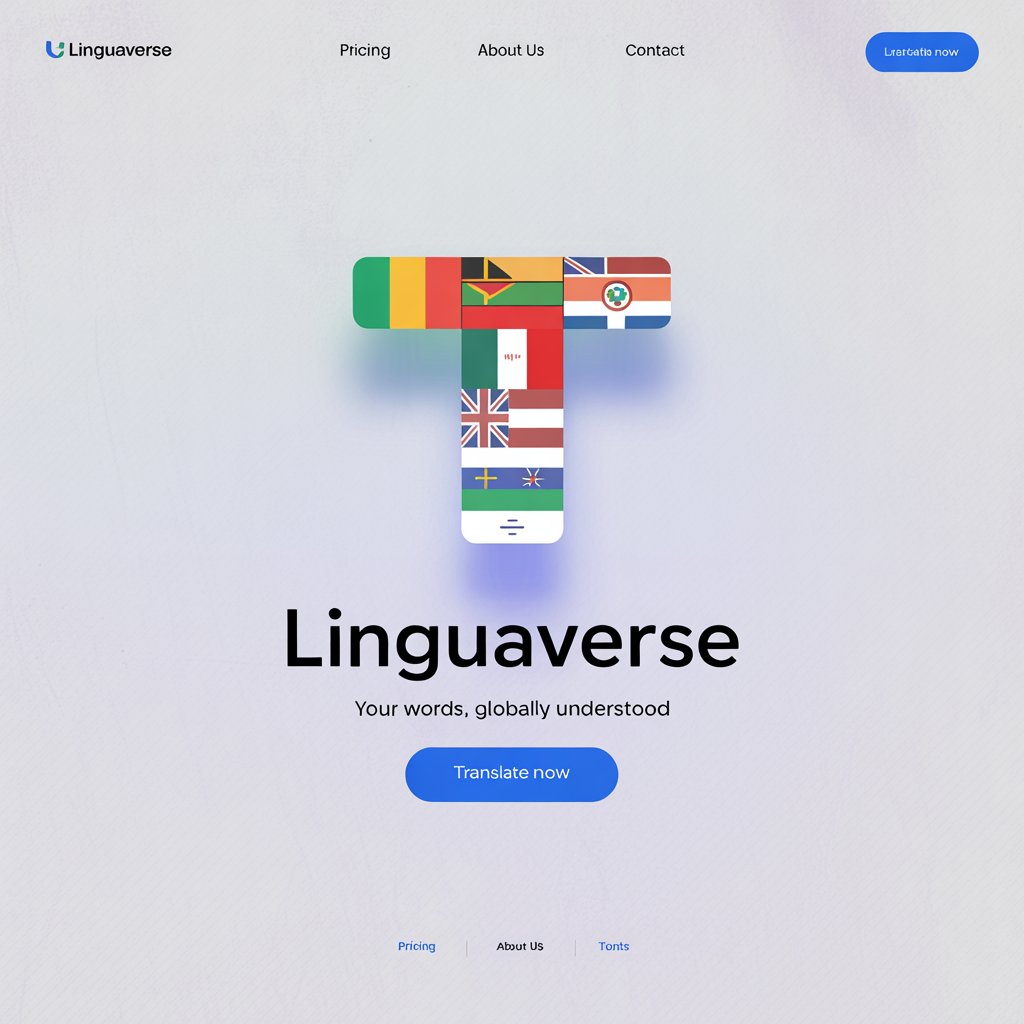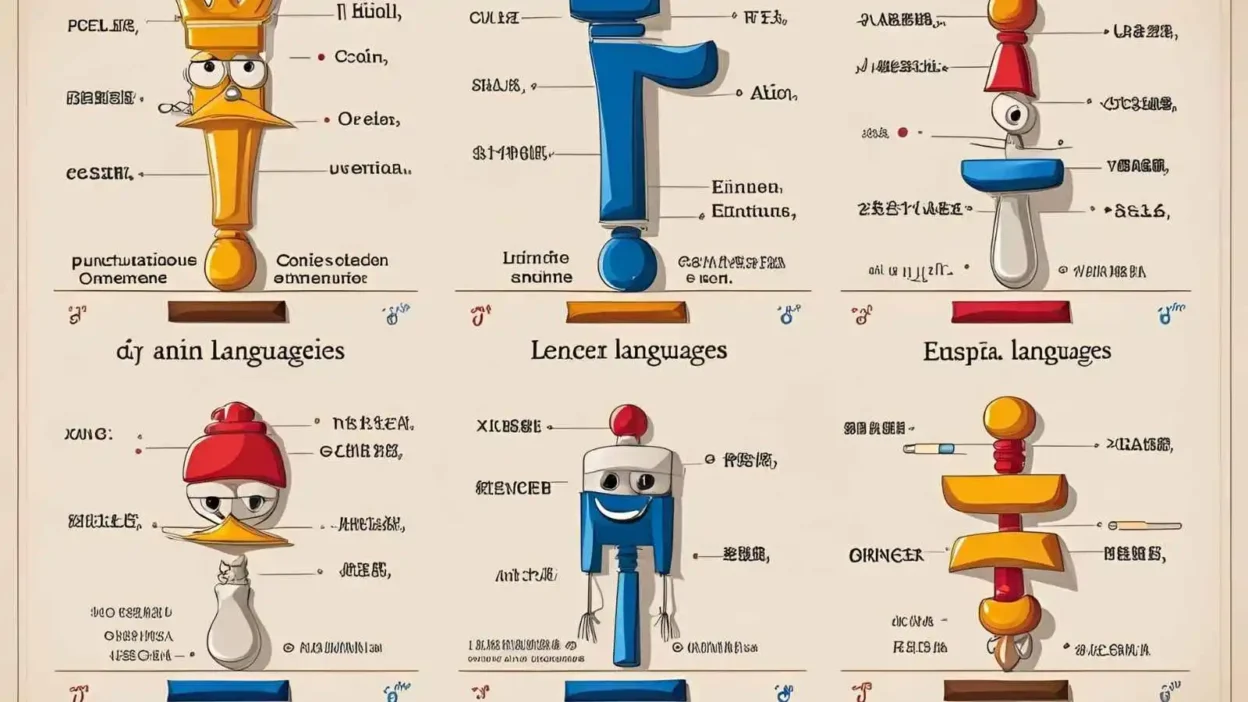Imagine reading a heartfelt letter from a loved one—no commas, no periods, just an endless stream of words. Confusing, right?
Punctuation is the silent conductor of language, guiding our emotions, pauses, and meanings. A simple comma can change “Let’s eat, Grandma!” to “Let’s eat Grandma!”—a life-saving difference!
Punctuation marks are universal, yet their usage varies beautifully across languages. Some cultures embrace elaborate symbols, while others keep it minimal.
But one thing remains the same: punctuation shapes how we communicate, express urgency, ask questions, and even convey love.
Let’s embark on a journey through the world’s languages to discover how different cultures wield these tiny, powerful symbols.
Punctuation Across Languages: A Quick Reference
| Language | Word for “Punctuation” | Cultural Insight |
| English | Punctuation | Derived from Latin punctus (point), emphasizes clarity. |
| Spanish | Puntuación | Uses inverted marks for questions (¿?) and exclamations (¡!). |
| French | Ponctuation | Spaces before some punctuation marks (like : and !). |
| German | Interpunktion | Known for long compound words—commas are crucial! |
| Italian | Punteggiatura | Eloquent speech relies on well-placed pauses. |
| Russian | Пунктуация (Punktuatsiya) | Cyrillic script has unique quotation marks (« »). |
| Mandarin | 标点符号 (Biāodiǎn fúhào) | Uses full-width marks (。,!) instead of half-width. |
| Japanese | 句読点 (Kutōten) | Mix of traditional (、。) and Western marks. |
| Arabic | علامات الترقيم (ʿAlāmāt al-tarqīm) | Written right-to-left, so punctuation mirrors direction. |
| Hindi | विराम चिह्न (Virām Chinh) | Sanskrit influence; punctuation follows rhythmic speech. |
| Swahili | Alama za uakifishi | Borrows from Arabic and European systems. |
| Zulu | Izimpawu zokuloba | Punctuation adapts to the language’s tonal nature. |
| Maori | Tohu wetereo | Oral traditions influence modern punctuation. |
| Hawaiian | Hōʻailona kiko | Minimalist punctuation due to flowing speech. |
| Cherokee | ᎠᎪᏪᎵ ᏗᏟᎶᏍᏙᏗ (Agoweli ditlilosdodi) | Syllabary script has unique punctuation rules. |
European Languages: Precision and Style
French: The Art of the Space
In French, a space is required before double punctuation marks like : ; ? !. “Bonjour !” looks more elegant than “Bonjour!”—a small but meaningful difference.
Spanish: Upside-Down Beginnings
Spanish uses ¿ and ¡ to signal questions and exclamations from the start: ¿Cómo estás? (How are you?). This prevents misreading in long sentences.
German: The Comma Rules All
German’s complex sentence structures rely heavily on commas. Missing one can turn “Let’s cook, kids!” into “Let’s cook kids!”—a terrifying mistake!
Asian Languages: Symbols with Deep Meaning
Mandarin: Full-Width Marks
Chinese punctuation (。,!) takes up a full character space, aligning neatly in vertical or horizontal text. The 、 (enumeration comma) lists items differently than English.
Japanese: A Blend of Old and New
Traditional Japanese uses 、 (読点 tōten) and 。 (句点 kuten), but modern writing incorporates Western marks like ? and ! in casual contexts.
Arabic: Right-to-Left Punctuation
Since Arabic reads right-to-left, punctuation like ؟ (question mark) and ، (comma) are flipped. Quotation marks look like « », adding elegance.
African Languages: Rhythm and Oral Tradition
Swahili: Borrowed and Adapted
Swahili uses Arabic and European punctuation, reflecting its history as a trade language. Commas and full stops follow the natural flow of its Bantu roots.
Yoruba: Tone Over Punctuation
Yoruba is a tonal language, so punctuation is minimal—context and pitch often replace written marks.
Indigenous & Island Languages: Punctuation with a Story
Maori: Punctuation Meets Oral Legacy
Traditional Maori relied on spoken rhythm, but modern writing uses English-style punctuation to clarify meaning in te reo Māori.
Cherokee: A Script Unlike Any Other
The Cherokee syllabary has its own punctuation marks, blending seamlessly with its unique characters.
Cultural Insights: How Punctuation Shapes Thought
Did you know?
- The @ symbol was once used in medieval manuscripts to shorten “at.”
- Greek and Latin originally had no spaces or punctuation—just continuous text!
- Spanish’s ¡! ¿? system was proposed in the 18th century for clarity.
Famous Punctuation Proverbs
- English: “A comma can save a life.” (As in “Let’s eat, Grandma!”)
- Japanese: 「読点一つで意味が変わる」 (“One comma can change the meaning.”)
- Arabic: “علامة الوقف تعكس الروح” (“Punctuation reflects the soul.”)
FAQs About Punctuation in Different Languages
Q: Why do some languages use inverted punctuation (¿? ¡!)?
A: Spanish introduced them to avoid confusion in long sentences.
Q: Which language has the most unique punctuation?
A: Mandarin’s full-width marks and Arabic’s right-to-left symbols stand out.
Q: What’s the oldest punctuation mark?
A: The · (interpunct) was used in ancient Latin and Greek.
Conclusion:
Punctuation is more than dots and lines—it’s the heartbeat of communication. Whether it’s Spanish’s passionate ¡!, Japanese’s delicate 、, or Arabic’s elegant ؟, every culture has shaped these symbols to fit its voice.
Now it’s your turn! How does punctuation work in your language? Share your favorite punctuation quirks in the comments! 🌍✍️




